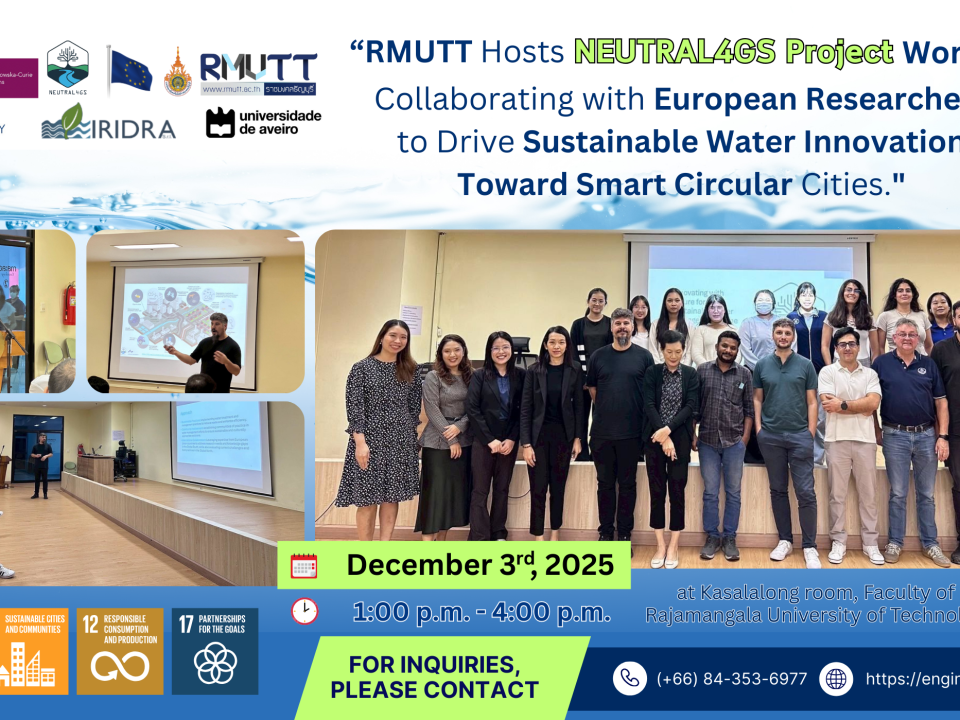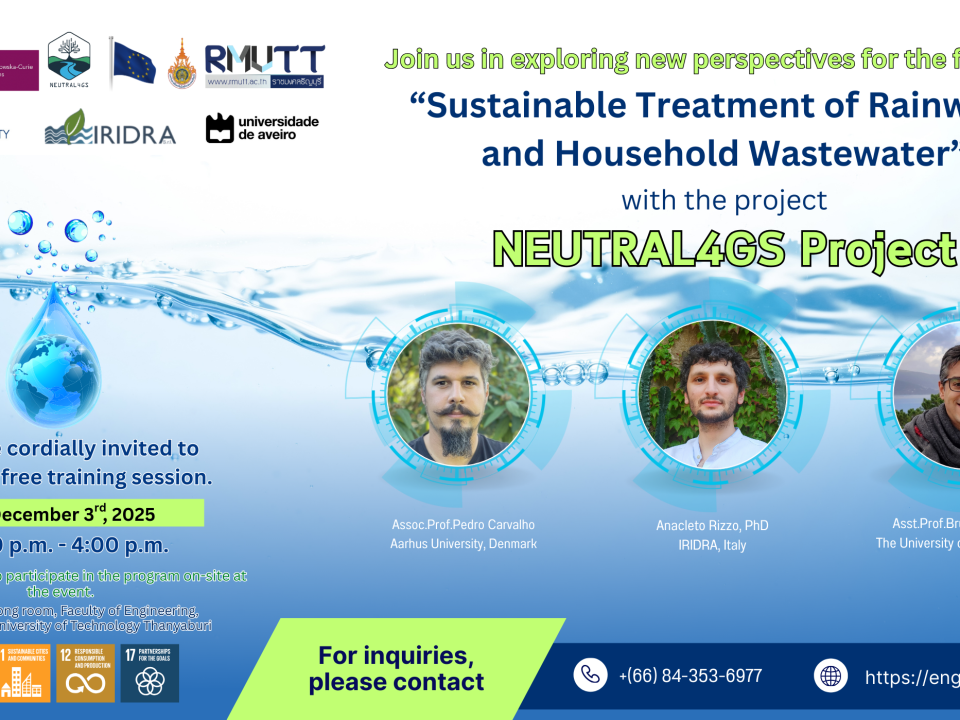
Conference Results on Global Warming at Copenhagen
04/10/2010
Photos of the 7th annual ‘Music in the Garden’ 1/2010 semester
04/10/2010Global Warming or Climate Change is a phenomenon which temperatures of the world increases caused by effects of greenhouse gases or well-known name “Greenhouse Effect”. Global Warming is caused by human activities such as transportation or industries which release greenhouse gases, especially CO2 from fuel burning. Accordingly, it leads to increase sea levels and affects negatively plants (disputed), animals and humans.
But, on the other hand, without carbon dioxide there are no plants and no plants means no people. Keep in mind that the half-life of carbon dioxide is between 15 and 22 years, only! Which means that nearly all the carbon dioxide in the atmosphere today will be gone in about 30 years. And there has been no appreciable warming since 1995, this is from Phil Jones, ex-director of the University of East Anglia’s Climatic Research Unit.
Also keep in mind that there has been no, I repeat no, appreciable increase in sea levels. Sea levels measured at a 155 year old site on the San Francisco Bay in California shows a 2 centimeter rise in sea levels per decade. And a European scientist with 40 years studying the oceans says, “The oceans go up and down all the time and is not rising at an unusual rate.”
Greenhouse Gases
Carbon dioxide Gas or CO2: The amount of CO2 has increased due to the increase of many kinds of burning activities such as fuel burning, industrial activities or daily human activities (burning forests for the accommodation or livestock). Burning forests can release CO2 into the air and it goes in very quickly (for the reason that the characteristic of plants is to fix CO2 not going into the atmosphere). When the number of plant area decreases, CO2 can increasingly go into the air much more, finally, it can accumulate the heat from the UV radiant in the atmosphere and within the earth.
Countries were researched and their numbers of greenhouse gases have been released from 1950.
- United States of America 186,100 million tons
- Europe 127,800 million tons
- Russia 68,400 million tons
- China 57,600 million tons
- Japan 31,200 million tons
- Ukraine 21,700 million tons
- India 15,500 million tons
- Canada 14,900 million tons
- Poland 14,400 million tons
- Republic of Kazakhstan 10,100 million tons
- Africa 8,500 million tons
- Mexico 7,800 million tons
- Australia 7,600 million tons
Methane or CH4: It is from the condition of living degradation. Even through the CH4 in the world is only 1.7 ppm., it can still quickly absorb UV radiant comparing to CO2 because of its ability, meaning that, at the same amount of gas quantity, CH4 can absorb the UV radiant much more than CO2. Mostly, methane increases because of human activities such as rice farming, livestock and mass-bio burning. Burning of coals, gasoline and natural gas can also cause the methane gas which finally, it can cause the greenhouse effect as it is positioned at the 2 behind CO2.
Nitrous Oxide or N2O: It is created by the degradation of microorganism such as bacteria. The reason of nitrous oxide increases in the present is because the industrial sectors such as Nylon Fiber, Chemical and Plastic industries have used Nitric Acid in their production. The increase of N2O affects directly the increase of heat in the atmosphere around 0.14 watts per square meter. Besides, N2O also reacts with ozone gas leading to destroy the UV radiation protection.
Chlorofluorocarbon or CFC or Freon: It is not established by the natural way, but it is from the invention by human, its sources such as industries and daily living tools and materials. Living tools and materials are such as refrigerators, air conditioners and sprays which have CFC contained. CFC basically consists with fluoride and bromine destroying ozone layer. Normally, when CFC is on the earth, it interacts with other gases, but, when it absorbs the UV radiation at the stratosphere level, its molecules spited creating chlorine monoxide and oxygen. If 1 atom of chlorine depletes 1 atom of ozone gas at a time, the problem would not happen seriously. In fact, 1 atom of chlorine heavily damages 1 atom of ozone gas at many thousand times because 1 atom of chlorine reacts with single atom of oxygen creating repeatedly single atom of chlorine and its faction is in chain continually.
Global Warming affects Thailand
Increase of sea level: Researchers indicated that 100 year in the future, sea level increases 90 centimeters higher which it affects both physical and biological aspects. (see the above mention of sea levels)
Effect on Eco-system and Biodiversities
The average of the temperature increase causes evaporation increase of water at sea, ocean, river, and pond leading to more raining at the particular. It leads certain area flood and heavy rain meanwhile other areas are drought because of less rain. Due to changing of rain and temperature pattern, the cycle of natural water also has been changed affecting the change of characteristics of water flow at the ground level and underground level. Finally, either plants or animals must adjust themselves into new eco-system creating change in the diversity of biology. Moreover, the increase of sea level and temperature at water face causes the extinction of some aquatic life species including the phenomenon of significant bleaching of corals in Gulf of Thailand and Andaman Sea.
Effect on Agriculture and Water Source
The effects of climate change on the agricultural sectors are not heavy because the irrigation areas are protected. However, this problem affects the fishery sectors because the abundant source of water, in some season, is dried down and it affects fish reproduction system. Finally, it leads to reduce the number and diversity of aquatic livings.
Effect on Health
The average of the world’s temperature increases and the serious natural disaster happens causing negatively effects on Thai people’s health. Pestilence relates to food and drinking trending increasing for example in flood event, there is contamination of bacteria in water such as diarrhea, dysentery and cholera and infected disease in topical area is tending to be increasingly, and the numbers of people has been killed. The disease in topical region such as Malaria transmitted by common house mosquito that they are reproduced in the higher temperature area and momentary season.
Effect on Society and Economic
Loss of key agricultural areas along the subsided coast, natural disaster and other damage caused by heavy natural problem causes to the reduction of crop productivities which they are the main exported products of the nation.
Translated by Suraporn Onputtha




